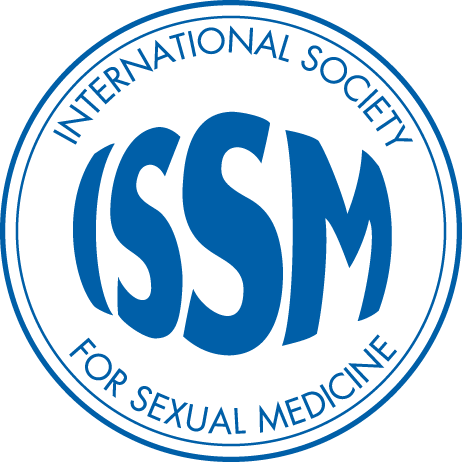
Which Sexual Dysfunctions Impact the LGBTQIA+ Community?

Sexual dysfunctions can affect anyone, including individuals within the LGBTQIA+ community. However, these dysfunctions often present unique challenges for LGBTQIA+ individuals due to a combination of societal stigma, medical discrimination, and limited research that overlooks their specific needs. Understanding these sexual dysfunctions and addressing them inclusively can lead to better sexual health outcomes and improved quality of life for these individuals. This article explores common sexual dysfunctions affecting LGBTQIA+ individuals and the unique considerations involved.
Erectile Dysfunction (ED)
Erectile dysfunction is a prevalent concern for many in the LGBTQIA+ community, particularly for gay, bisexual, and transgender men. ED is characterized by the inability to achieve or maintain an erection sufficient for sexual activity. Causes include psychological factors like stress or trauma, chronic health conditions such as diabetes or heart disease, and side effects from gender-affirming hormone therapies. Additionally, for transgender men who have undergone gender-affirming bottom surgery, the created penis may not always be functional for penetrative sex, depending on the surgical technique and individual outcomes. Addressing ED in this population requires healthcare professionals to consider a person’s sexual orientation and gender identity to ensure sensitive and comprehensive care.
Hypoactive Sexual Desire Disorder (HSDD)
HSDD, or low sexual desire, can impact anyone but is particularly relevant among LGBTQIA+ individuals who may experience it due to internalized stigma, minority stress, or a history of trauma. For example, lesbian and bisexual women might report lower levels of sexual desire linked to societal pressures or relational stressors. Mental health conditions such as depression or anxiety, which are more prevalent in this community, can also exacerbate HSDD. Effective treatment involves addressing psychological factors, improving relationship dynamics, and considering hormonal influences where applicable.
Female Sexual Arousal Disorder (FSAD)
FSAD involves difficulty becoming or staying sexually aroused, often affecting transgender men and lesbian or bisexual women. The condition may be related to psychological challenges, including gender dysphoria or past trauma, as well as hormonal imbalances from gender-affirming therapies. These individuals may encounter FSAD due to relationship or societal challenges. It is critical that healthcare providers understand and respect diverse sexual practices and identities when assessing and treating FSAD.
Genital Pain Disorders
Conditions such as dyspareunia (pain during intercourse) and vaginismus (involuntary tightening of the pelvic muscles) can affect lesbian, bisexual, and transgender women, as well as non-binary individuals with a vagina. Painful intercourse might stem from anatomical differences post-surgery, hormonal changes, or psychological distress. Additionally, for trans men who have not undergone bottom surgery, genital pain can be a consequence of testosterone therapy or physical dysphoria. Proper pain management should include trauma-informed care, counseling, and pelvic floor therapy if needed.
Persistent Genital Arousal Disorder (PGAD)
PGAD is a rare but debilitating condition where individuals experience persistent, unprovoked genital arousal that is not linked to sexual desire. This disorder can be particularly distressing for LGBTQIA+ individuals who may already struggle with medical stigmatization. PGAD requires a sensitive, multidisciplinary approach involving mental health professionals, pelvic floor specialists, and sometimes neurologists to provide holistic care.
Unique Considerations for the LGBTQIA+ Community
Healthcare providers must approach sexual dysfunctions in the LGBTQIA+ community with an understanding of unique stressors such as discrimination, violence, and lack of societal acceptance. These factors contribute to minority stress, a form of chronic stress linked to adverse health outcomes, including sexual dysfunction. Inclusive care involves asking open-ended questions about sexual practices, affirming a person’s gender identity, and being knowledgeable about the potential impacts of gender-affirming treatments. Education and advocacy are crucial to fostering a medical environment where LGBTQIA+ individuals feel safe discussing sexual health issues.
Conclusion
Understanding and addressing sexual dysfunctions within the LGBTQIA+ community requires a nuanced approach that integrates medical, psychological, and social factors. By creating affirming healthcare spaces and continuing to expand research, we can work toward inclusive and comprehensive sexual health care.
References:
- Kerckhof, M. E., Kreukels, B. P. C., Nieder, T. O., Becker-Hébly, I., van de Grift, T. C., Staphorsius, A. S., Köhler, A., Heylens, G., & Elaut, E. (2019). Prevalence of Sexual Dysfunctions in Transgender Persons: Results from the ENIGI Follow-Up Study. The journal of sexual medicine, 16(12), 2018–2029. https://doi.org/10.1016/j.jsxm.2019.09.003
- Leiblum, S., Brown, C., Wan, J., & Rawlinson, L. (2005). Persistent sexual arousal syndrome: a descriptive study. The journal of sexual medicine, 2(3), 331–337. https://doi.org/10.1111/j.1743-6109.2005.20357.x
- Mattawanon, N., Charoenkwan, K., & Tangpricha, V. (2021). Sexual Dysfunction in Transgender People: A Systematic Review. The Urologic clinics of North America, 48(4), 437–460. https://doi.org/10.1016/j.ucl.2021.06.004
- Reisner, S. L., Poteat, T., Keatley, J., Cabral, M., Mothopeng, T., Dunham, E., Holland, C. E., Max, R., & Baral, S. D. (2016). Global health burden and needs of transgender populations: a review. Lancet (London, England), 388(10042), 412–436. https://doi.org/10.1016/S0140-6736(16)00684-X
- Richters, J., Altman, D., Badcock, P. B., Smith, A. M., de Visser, R. O., Grulich, A. E., Rissel, C., & Simpson, J. M. (2014). Sexual identity, sexual attraction and sexual experience: the Second Australian Study of Health and Relationships. Sexual health, 11(5), 451–460. https://doi.org/10.1071/SH14117
- Wierckx, K., Elaut, E., Van Hoorde, B., Heylens, G., De Cuypere, G., Monstrey, S., Weyers, S., Hoebeke, P., & T'Sjoen, G. (2014). Sexual desire in trans persons: associations with sex reassignment treatment. The journal of sexual medicine, 11(1), 107–118. https://doi.org/10.1111/jsm.12365




